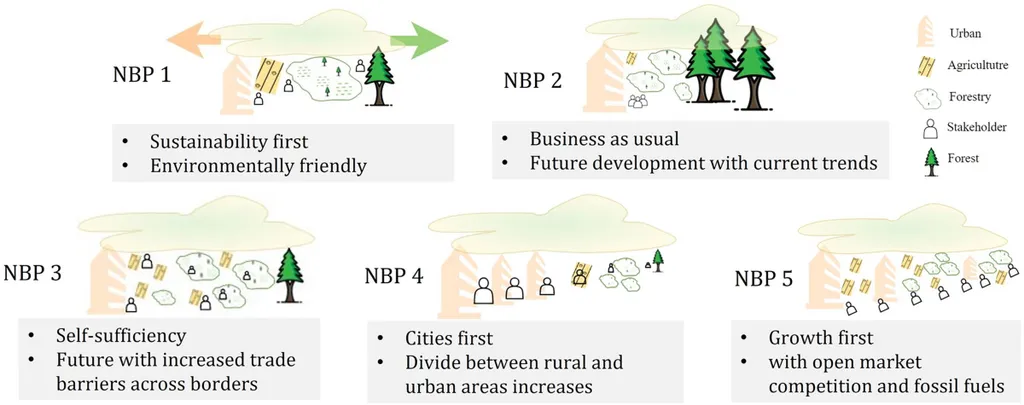In the heart of Ukraine’s Volyn region, a delicate balance is being struck between economic development and environmental stewardship, as researchers delve into the impacts of peat extraction in the upper Pripyat basin. This work, led by Maria Boiaryn of Lesya Ukrainka Volyn National University, is not just about understanding the environmental footprint of peat mining but also about paving the way for sustainable energy solutions in regions rich with these valuable deposits.
Peat, a partially decayed organic material, has long been recognized as an alternative fuel source, particularly in regions where it is abundant. The Volyn region, with its vast peatlands, is one such area. Boiaryn’s research, published in the journal “Bulletin of V.N. Karazin Kharkiv National University. Series Geology. Geography. Ecology,” focuses on the assessment and territorial distribution of natural reserve funds within the Pripyat River basin. The study highlights four promising peat deposits: Stobykhiv, Koza-Berezyna, Velyke Bagno, and Velyke Boloto.
Among these, the Koza-Berezyna peatland stands out as one of the newest deposits being exploited under strict environmental conditions. “The deposit includes four areas, each with significant potential for peat extraction,” Boiaryn explains. The extraction process uses an industrial surface milling method, and the plan includes rehabilitating the land to return it to its natural wetland state once mining is complete.
One of the critical aspects of this research is the establishment of a sanitary protection zone (SPZ) around the Koza-Berezyna deposit. “During peat extraction, the pollution of the surface layer of atmospheric air at the SPZ boundary does not exceed hygienic standards,” Boiaryn notes. This finding is crucial for ensuring that the mining activities do not negatively impact human health or the environment.
The implications of this research for the energy sector are profound. As the world seeks to diversify its energy sources and reduce reliance on fossil fuels, peat could emerge as a viable alternative, particularly in regions where it is abundant. The methods and environmental safeguards outlined in Boiaryn’s study could serve as a blueprint for other regions looking to exploit their peat deposits responsibly.
Moreover, the study’s emphasis on land rehabilitation and the establishment of SPZs sets a precedent for sustainable mining practices. By ensuring that the land is returned to its natural state post-mining, the research addresses one of the most significant concerns associated with peat extraction: the long-term environmental impact.
As the energy sector continues to evolve, the insights gleaned from this research could shape future developments in the field. The balance between economic development and environmental protection is a delicate one, but studies like Boiaryn’s offer a glimpse into how it can be achieved. For the energy sector, this means not just a new source of fuel but also a model for sustainable practices that could be replicated worldwide.
In the quest for sustainable energy solutions, peat extraction in the upper Pripyat basin offers a compelling case study. As Maria Boiaryn and her team continue to explore the environmental impacts and commercial potential of these deposits, the energy sector watches closely, ready to adapt and innovate based on their findings. The future of energy is not just about finding new sources but also about ensuring that these sources are exploited responsibly and sustainably.

